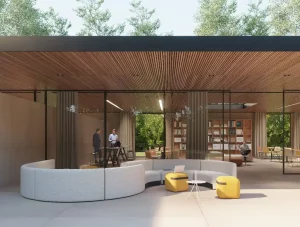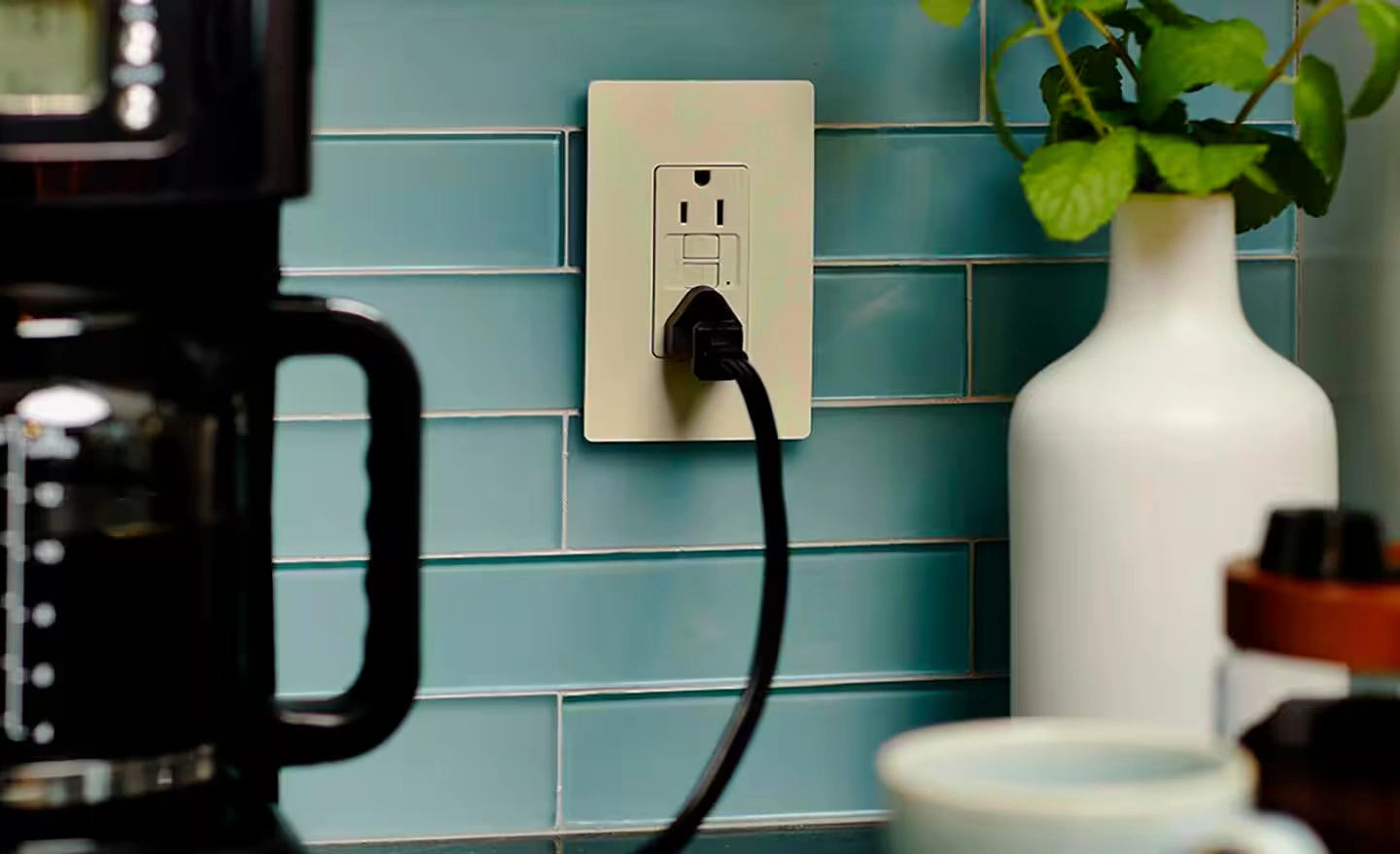The modern workplace is constantly evolving, and an often-overlooked aspect of office design is the outdoor space. Traditionally seen as an afterthought, outdoor areas can significantly boost employee productivity and job satisfaction by incorporating elements of nature. By creating a natural sanctuary, employees can recharge and refocus. Effective outdoor space design seamlessly integrates with traditional office layouts, creating a harmonious work environment. Key principles behind this design include incorporating natural elements, maximizing natural light, and creating flexible spaces. By incorporating these principles, outdoor spaces can become a vital component of office design, leading to increased employee well-being and productivity.
Key Takeaways
- Outdoor spaces boost employee well-being, productivity, and collaboration, leading to a more efficient workforce.
- Incorporating natural elements, such as greenery and natural lighting, in outdoor design improves focus and motivation.
- A seamless connection between indoor and outdoor spaces fosters a cohesive work ecosystem, enhancing overall office efficiency.
- Prioritizing outdoor space design with flexibility, transparency, and connectivity in mind optimizes workflow and employee satisfaction.
- By mirroring office layout philosophy in outdoor design, companies can create an inviting atmosphere that encourages collaboration and productivity.
The Importance of Outdoor Spaces
Every individual, regardless of their profession or lifestyle, inherently recognizes the importance of outdoor spaces as an essential component of a healthy work-life balance, which is why incorporating them into office design has become an integral aspect of modern workplace architecture. The Philosophy Behind Outdoor Space Design prioritizes the creation of functional areas that foster collaboration, creativity, and relaxation, ultimately enhancing overall office efficiency.
Designing for Employee Well-being
A well-designed outdoor space can serve as a sanctuary for employees, providing a much-needed respite from the stresses of the workday and fostering a sense of well-being that extends far beyond the boundaries of the office. By incorporating elements like greenery, seating areas, and natural lighting, the philosophy behind outdoor space design prioritizes employee well-being, promoting a healthier and more productive workforce.
Nature’s Impact on Productivity
Studies have consistently shown that incorporating natural elements into outdoor spaces can greatly boost employee productivity, as the calming effects of nature help to reduce distractions and improve focus. By applying the Philosophy Behind Outdoor Space Design, companies can create environments that foster a sense of connection to nature, leading to increased motivation and overall performance.
Philosophy Behind Office Layouts
Six core principles underpin the Philosophy Behind Office Layouts, guiding architects and designers to craft spaces that optimize workflow, collaboration, and employee satisfaction. These principles prioritize flexibility, transparency, and connectivity, while incorporating elements such as natural light, acoustic comfort, and technology integration. By balancing these factors, offices can foster a sense of community and drive productivity.
Harmony Between Indoor and Outdoor
Beyond the walls of the office building, a seamless shift between indoor and outdoor spaces can be achieved by intentionally designing outdoor areas that mirror the philosophy behind office layouts. This harmony fosters a sense of continuity, creating an inviting atmosphere that encourages collaboration and productivity. The outdoor space design philosophy seamlessly blends with the indoor environment, promoting a cohesive work ecosystem.
Frequently Asked Questions
How Does Outdoor Space Design Impact Employee Morale and Job Satisfaction Rates?
Well-designed outdoor spaces boost employee morale and job satisfaction rates by providing a calming escape, fostering social connections, and promoting physical activity, ultimately leading to increased productivity and overall well-being.
Can Outdoor Spaces Be Designed to Accommodate Employees With Disabilities?
Yes, outdoor spaces can be designed to accommodate employees with disabilities by incorporating accessible pathways, adaptive recreational equipment, and inclusive seating areas, ensuring equal opportunities for all employees to enjoy and benefit from outdoor spaces.
What Role Does Lighting Play in Creating an Inviting Outdoor Office Space?
Well-designed lighting is essential in creating an inviting outdoor office space, as it sets the ambiance, enhances visibility, and promotes safety, ultimately encouraging employees to utilize the area and fostering a sense of community.
How Can Outdoor Spaces Be Effectively Integrated With Existing Office Architecture?
To effectively integrate outdoor spaces with existing office architecture, designers should consider seamless conversions, harmonious material palettes, and strategic placement of entrances and exits, ensuring a cohesive and functional workspace that fosters collaboration and productivity.
Are There Any Specific Outdoor Space Design Elements That Boost Creativity?
Specific outdoor space design elements that boost creativity include natural light exposure, green walls, flexible seating arrangements, and visually stimulating art installations, which collectively foster a stimulating environment that encourages innovation and imagination.
Conclusion
Maximizing office efficiency through outdoor space design philosophy is an essential aspect of creating a harmonious work environment. By integrating natural elements, greenery, and ample natural lighting, outdoor spaces become sanctuaries for employees to relax, collaborate, and rejuvenate. This approach enhances workflow, employee satisfaction, and overall performance, promoting a healthier and more productive workforce.
Also Read: The Internet: A Transformative Force Shaping Our World






